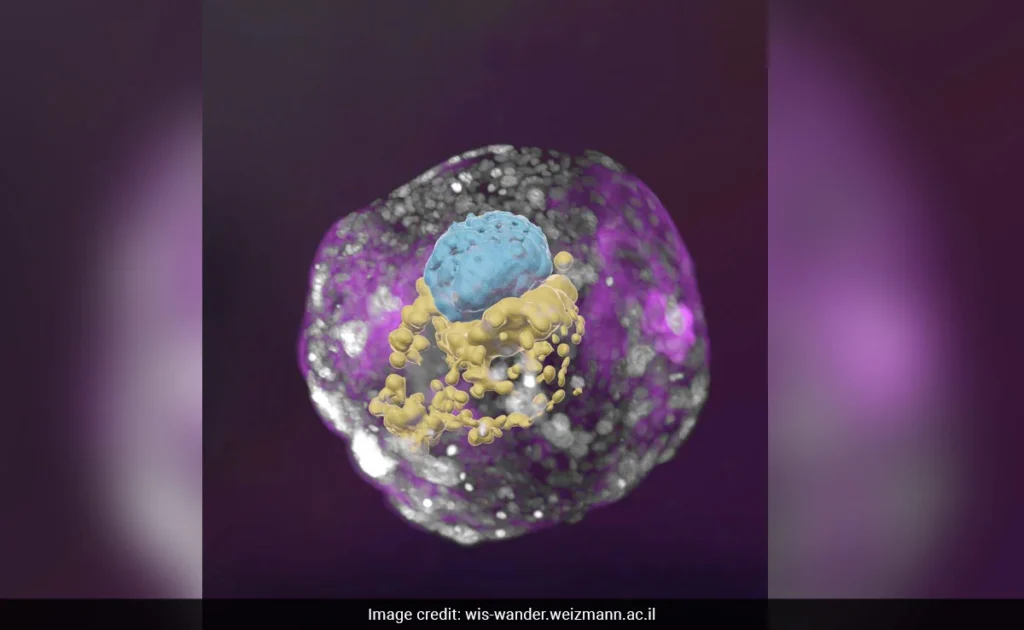Weizmann Institute of Science Achieves Breakthrough in Understanding Early Human Development Without Sperm, Eggs, or Wombs.
Scientists at the Weizmann Institute of Science have achieved a remarkable milestone in the study of early human development by creating a synthetic “embryo model” that closely resembles a 14-day-old human embryo, all without the need for sperm, eggs, or a womb. This groundbreaking research opens new doors to understanding the crucial but poorly understood period of human development in its earliest stages.
This synthetic embryo model, as reported in the journal Nature, represents a significant step toward ethical research into the formative moments of human life. The initial weeks following fertilization are characterized by dramatic transformations, from a cluster of indistinct cells to structures that eventually become recognizable in ultrasound scans. This pivotal period is a major contributor to miscarriages and birth defects, yet it remains inadequately comprehended.

Embryo research has long been a complex and sensitive issue, raising legal, ethical, and technical challenges. However, a rapidly evolving field is now emerging, one that seeks to replicate natural embryo development. The Weizmann Institute’s research is described as the first “complete” embryo model, mimicking all the essential structures that emerge during early embryonic development.
Instead of relying on sperm and eggs, the researchers began with naive stem cells, which were reprogrammed to acquire the potential to develop into any tissue type within the human body. Chemical cues were then utilized to coax these stem cells into differentiating into four distinct cell types found in the early human embryo: epiblast cells (future embryo), trophoblast cells (future placenta), hypoblast cells (supportive yolk sac), and extraembryonic mesoderm cells.

A precise combination of 120 of these cells initiated a spontaneous process that led to the assembly of a structure closely resembling a human embryo. While not identical to a natural embryo, these synthetic models were allowed to mature until they reached a developmental stage comparable to an embryo 14 days after fertilization. In many countries, this represents the legal limit for standard embryo research.
The implications of this research are profound, shedding light on the mysteries of early human development and providing a potential avenue for addressing issues related to miscarriages and birth defects. However, it also raises important ethical questions about the use and boundaries of such knowledge.
As scientists continue to unlock the secrets of early human development through synthetic embryo models, they must navigate a delicate balance between scientific advancement and ethical considerations, shaping the future of research in this field.
Resources:
1.https://www.bbc.co.uk/news/health-66715669
2.https://nocamels.com/2022/08/no-egg-no-sperm-no-womb-the-synthetic-mouse-embryo/
3.https://www.indiatimes.com/technology/science-and-future/worlds-first-synthetic-embryos-576474.html